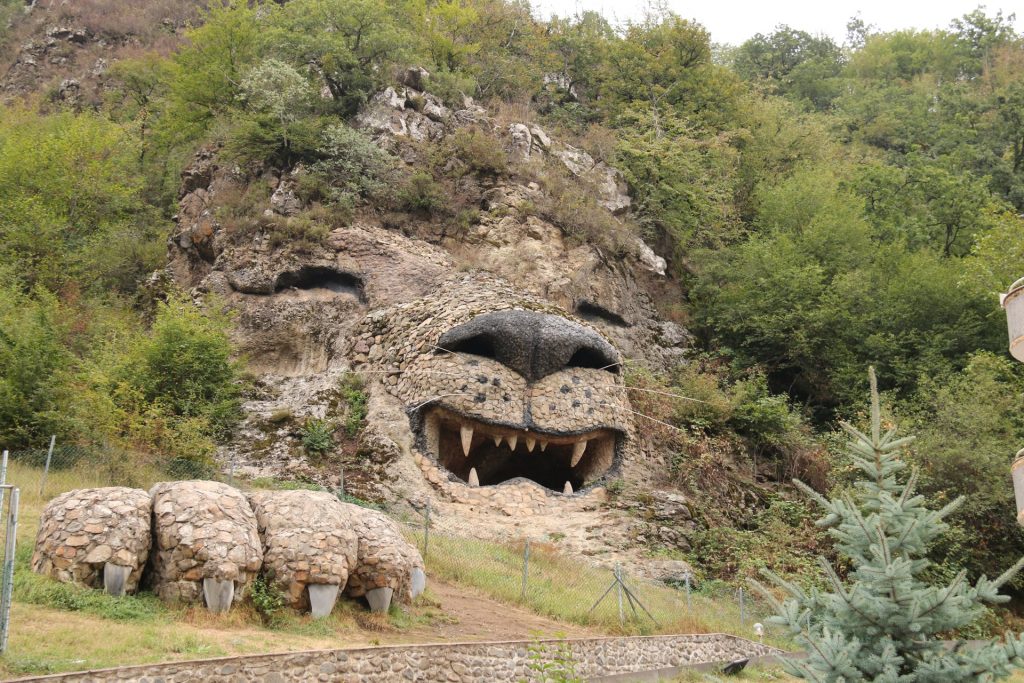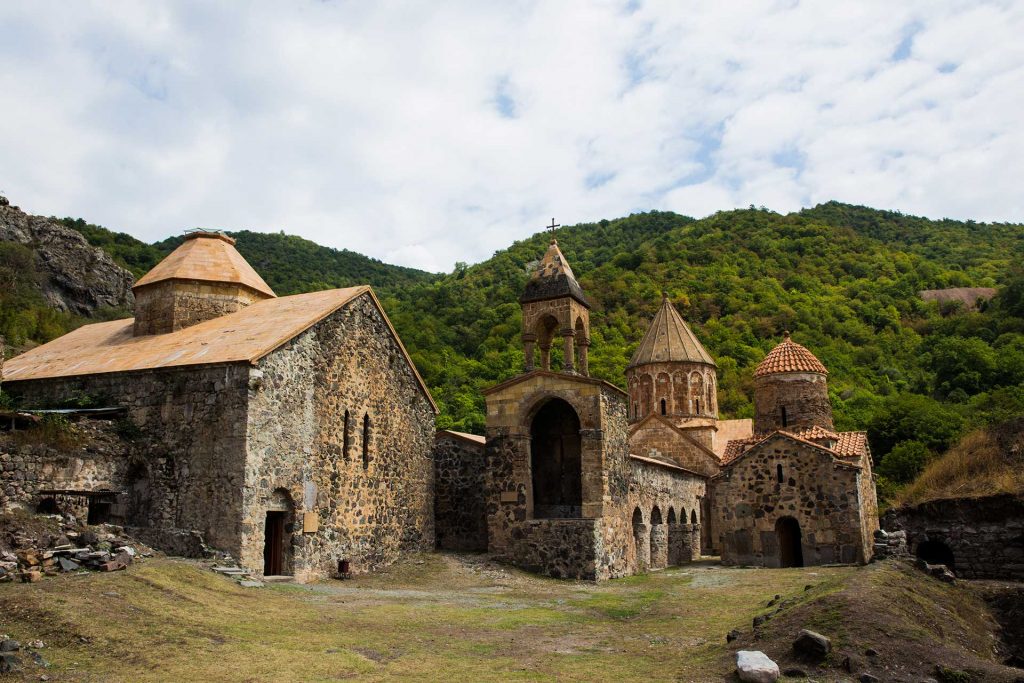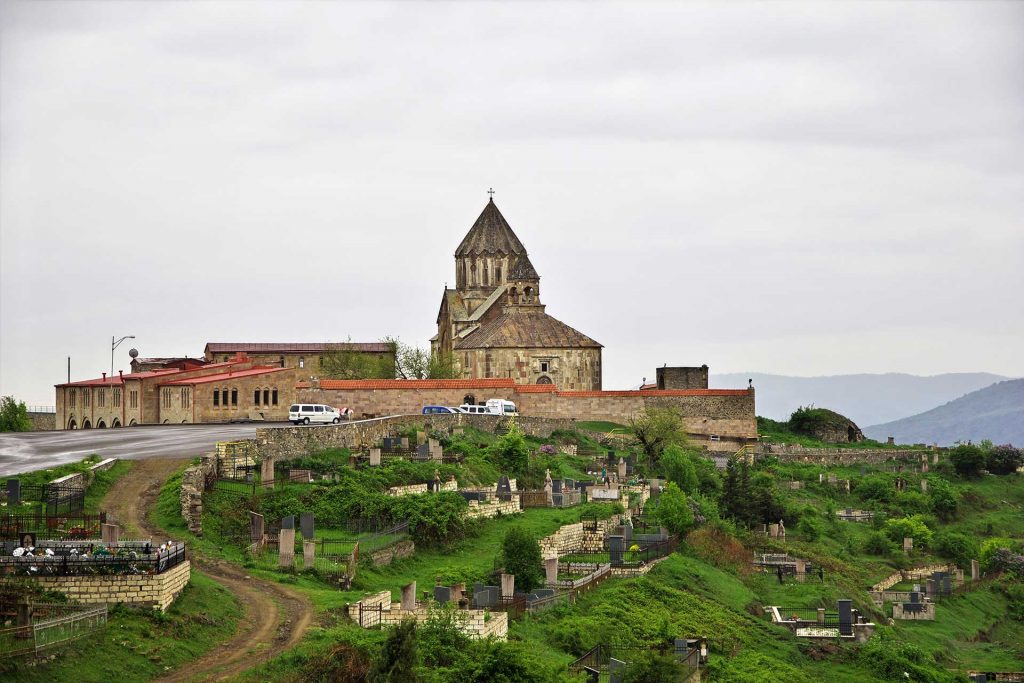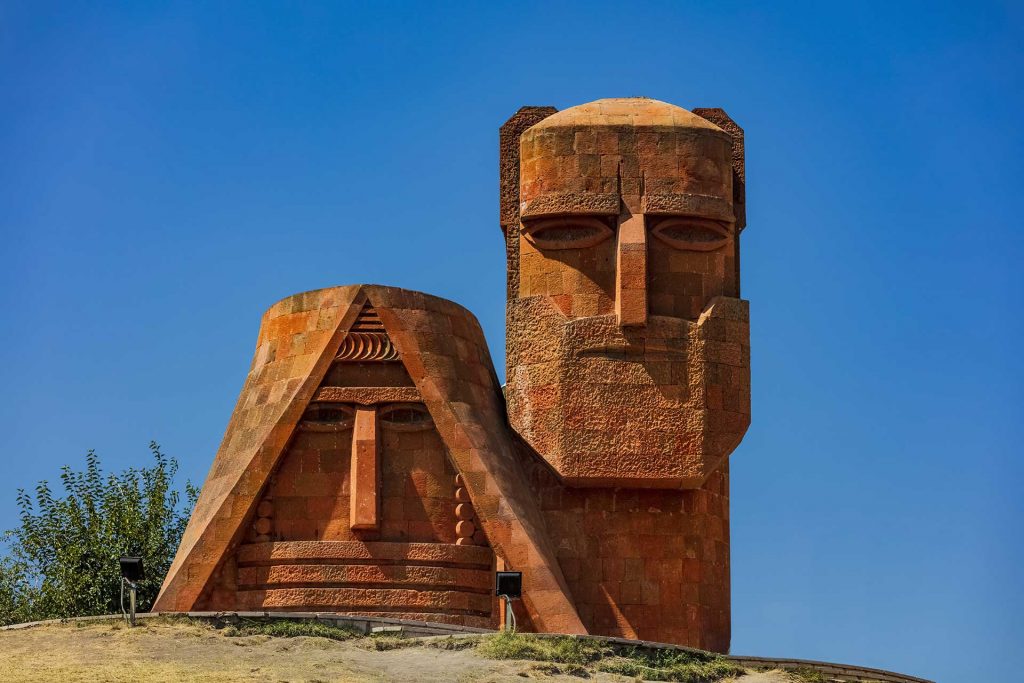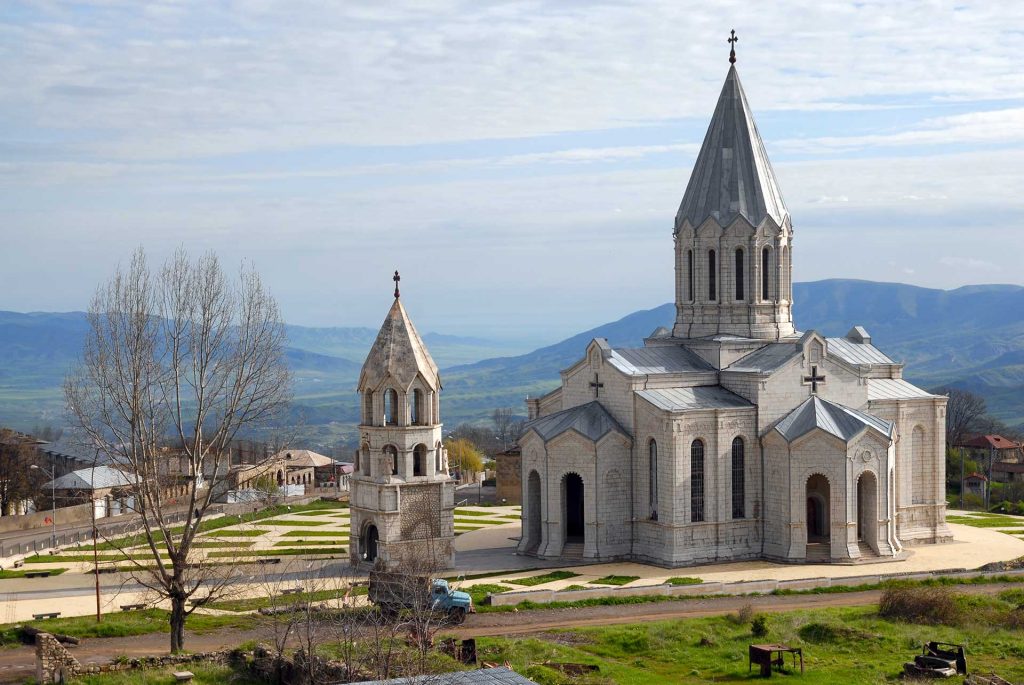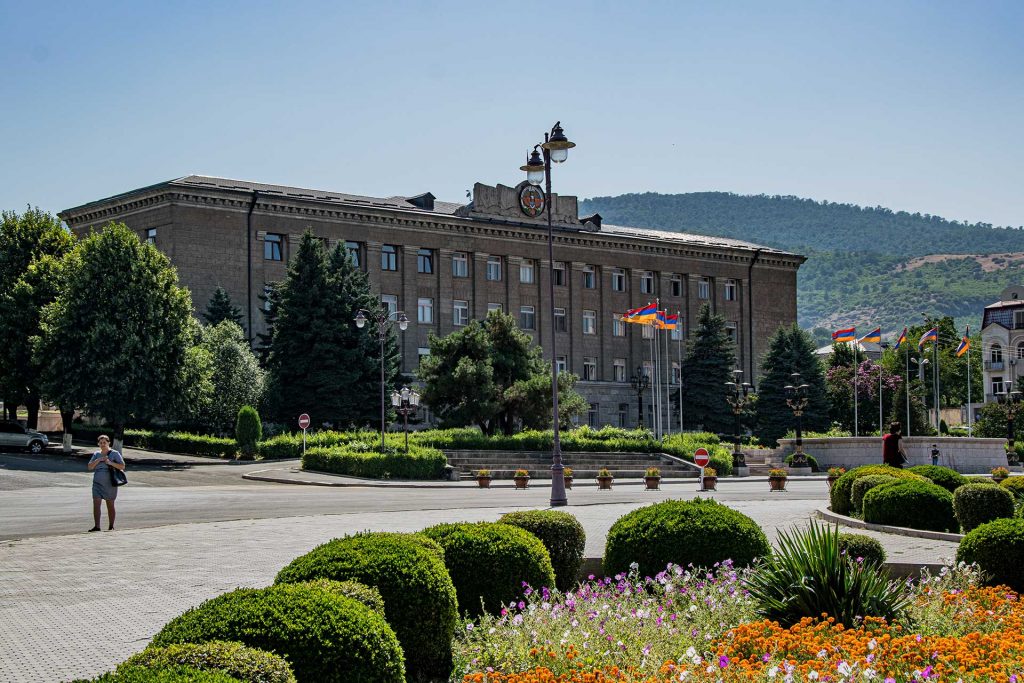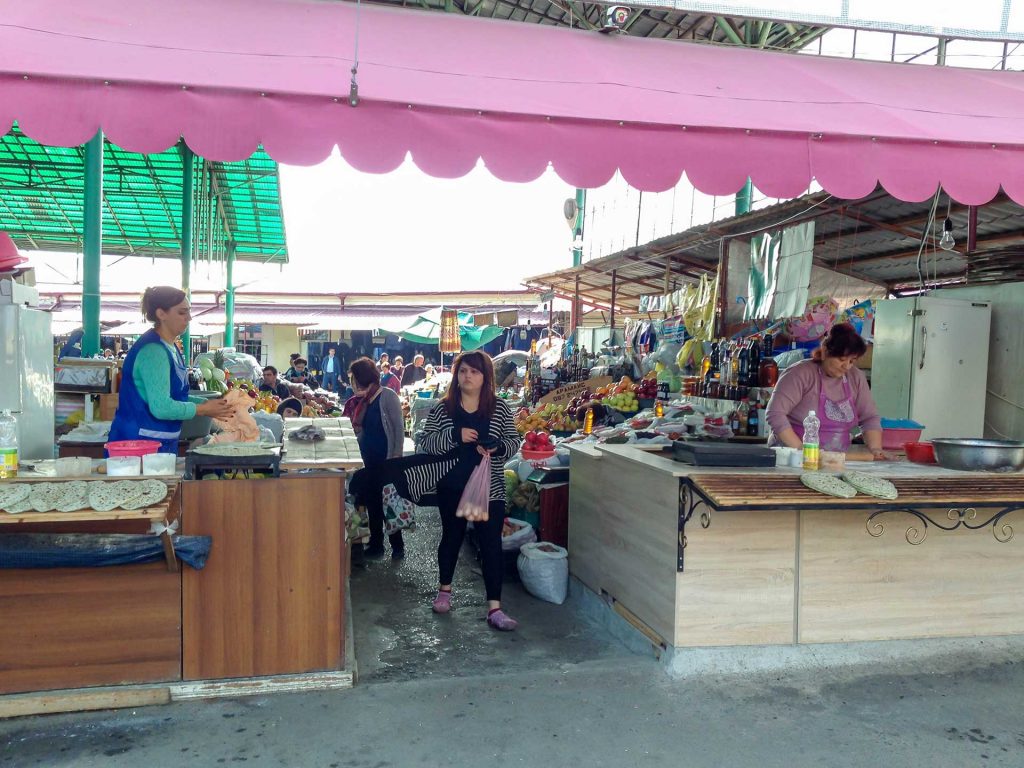Prior to the September 2020 Artsakh-Azerbaijan war, the Republic of Artsakh was home to 150,000 people, with 99.7% of the population being ethnic Armenian.
Artsakh is a breakaway state in the South Caucasus region, supported by Armenia. The country is very mountainous, averaging 1,100 metres (3,600 ft) above sea level. The population is overwhelmingly Christian, most being affiliated with the Armenian Apostolic Church.
Ancient Artsakh
According to Armenian and Western specialists, inscriptions dating to the Urartian period (881-552 BC) mention the region under a variety of names: “Ardakh”, “Urdekhe”, and “Atakhuni. Artsakh was the 10th province of the Kingdom of Armenia from 189 BC to 387 AD, falling under the sway of various empires until around the year 1000, where it was proclaimed as the Kingdom of Artsakh, one of the last medieval eastern Armenian kingdoms and principalities to maintain its autonomy following the Turkic invasions of the 11th to 14th centuries.
Much of the historic province of Artsakh presently overlaps with the modern-day region of Nagorno-Karabakh, and is controlled by the Republic of Artsakh (previously known as Nagorno-Karabakh Republic [NKR] until Feb 2017)
In 301 Armenia was converted to Christianity, and Artsakh became a major stronghold for Armenian missionaries to proclaim the Christian Gospel to neighbouring countries. In the 5th century, Christian culture flourished in Artsakh. Around 410 Mesrop Mashtots opened at Amaras the first Armenian school. Later, more schools were opened in Artsakh.
Modern Artsakh
Following the 1915 Armenian Genocide, the predominantly Armenian-populated region of Artsakh (known as Nagorno-Karabagh at the time) was claimed by both the Azerbaijan Democratic Republic and the First Republic of Armenia when both countries became independent after the fall of the Russian Empire, and a brief war over the region broke out in 1920. The dispute was largely shelved after the Soviet Union established control over the area, where Joseph Stalin formally transferred the region to the Azerbaijan SSR in 1923, in an effort to placate Turkey and end the centuries-long rivalry between the two countries.
During the fall of the USSR, the region re-emerged as a source of dispute between Armenia and Azerbaijan. In 1991, a referendum held in Nagorno-Karabakh resulted in a declaration of independence. The ethnic conflict led to the 1991–1994 Nagorno-Karabakh War, which ended with a ceasefire that was largely upheld for 16 years, despite multiple ceasefire breaches by Azerbaijan.
On 27 September 2020, Azerbaijan initiated an all-out war against the Republic of Artsakh in an attempt to take the lands by military force. The civilians of Artsakh faced daily indiscriminate shelling and weapons such as illegal cluster munitions, white phosphorus munitions, all constituting war crimes. Multiple confirmed reports claimed Turkish-backed ISIS terrorists and Syrian mercenaries were transported into Azerbaijan, committing further inhumane beheadings, torture, and executions of Armenian civilians and prisoners of war.
The war ended on 10 November 2020, following a trilateral ceasefire agreement between Prime Minister of Armenia Nikol Pashinyan, President of Azerbaijan Illam Aliyev, and President of Russia Vladimir Putin. Under the peace deal, the Azerbaijani and Armenian forces will remain at their current positions, while Russian peacekeepers will be deployed to the region. Further to this, Armenian Forces must return 7 out of the 9 surrounding territories between Artsakh and Armenia proper to Azerbaijan, permanently displacing tens of thousands of Artsakh refugees.

